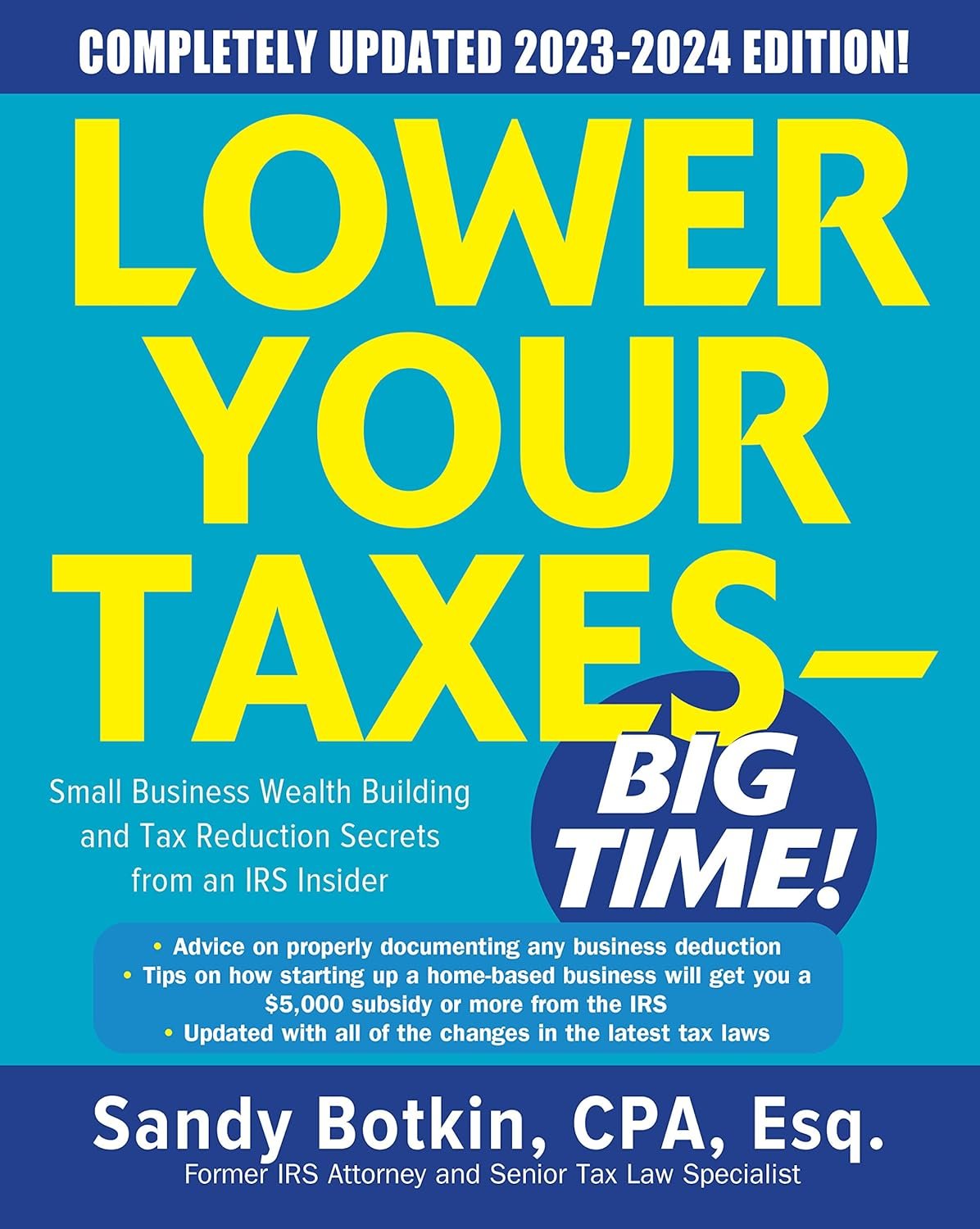Business Opportunities
Harsh Facts
- The typical 40-year plan is history, with the average person going through 7 career changes in a lifetime
- According to Forbes, 60% of college graduates can’t find a job in their field
- Average college debt for 2014 is at an all-time high, now exceeding $30,000
- According to Forbes Magazine, 70% of people hate their jobs
- According to CCN Money, 19% of all Homeowners owe 25% more on their mortgage than their home is worth
- For every 100 People who retire at the age of 65…
- 1 is wealthy
- 4 have adequate capital put away for retirement
- 5 will still be working
- 62 are dependent on Social Security, family, friends or charity
- 28 are dead
CASHFLOW QUADRANT
4 Ways to Produce Income
Most people are familiar with the upper left quadrant, as we have been trained or conditioned to be employees.
Being an employee or self-employed individual makes up approximately 95% of the population, and this creates a significant dependency.
Becoming a Business Owner allows you to start earning leveraged residual income.
The law of compounding other people’s efforts, time, and leveraging their knowledge is a powerful concept that everyone should capitalize on to create a stream of leveraged residual income.
ATTENTION: W2 Employees in the United States...Lower Your Taxes—Big Time!
Mr. Botkin states that a home-based business can generate an actual tax savings of $5,000 per year if you earn over $40,000 per year in a regular job in North America.
Small Business Wealth Building and Tax Reduction Secrets from an IRS Insider...
Here are some of the Common Deductions:
- Internet Connect
- Cell Phone Service
- Computer
- Business Startup Costs
- Advertising—Flyer, Business Cards
- Trips that Involve your Business
- A Percentage of Rent or Mortgage
- Dues & Subscriptions
- Postage/Mailings
- There are over 400 Available Deductions
Note: This is not to be considered tax advice. Please consult your tax professional.
Multiple Streams of Income
Having multiple income streams is akin to constructing a financial fortress; it's a strategy that the wealthy have long embraced to preserve and grow their wealth. This approach is critical for several reasons:
- Risk Mitigation: Relying on a single source of income can be precarious. If that source falters or fails, your financial security can be compromised. Multiple income streams ensure that if one stream dries up, others can continue to provide financial stability.
- Wealth Accumulation: Diversified income streams can lead to faster wealth accumulation. With multiple sources, one can reinvest surplus funds from one stream to grow another, compounding wealth over time.
- Cash Flow Stability: Multiple streams can provide a steadier cash flow because the likelihood of all streams failing at once is low. This stability is essential in unpredictable economic climates.
- Capitalizing on Different Markets: By diversifying income streams across different markets and sectors, the wealthy can capitalize on the growth and opportunities present in various areas of the economy.
- Tax Efficiency: Different income streams are often taxed differently. By diversifying, the wealthy can take advantage of more favorable tax treatments for certain types of income, such as long-term capital gains.
The wealthy typically diversify their income through a variety of channels:
- Investments: This can include the stock market, bonds, mutual funds, and other financial instruments that provide dividends and interest.
- Real Estate: Income from renting properties provides a steady cash flow and the potential for property appreciation.
- Business Ownership: Owning a business or multiple businesses can provide significant income through profits.
- Side Ventures: Engaging in side businesses or entrepreneurial activities outside a primary profession can generate additional revenue.
- Passive Income: This includes any income that requires little to no effort to earn and maintain, such as earning from affiliate marketing or writing a book.
By creating and managing multiple streams of income, the wealthy not only protect themselves against the unexpected but also position themselves to take advantage of a broader range of financial opportunities. This strategy requires careful planning, a deep understanding of different markets, and often a willingness to take calculated risks. However, when done successfully, it can significantly enhance financial security and growth potential.







